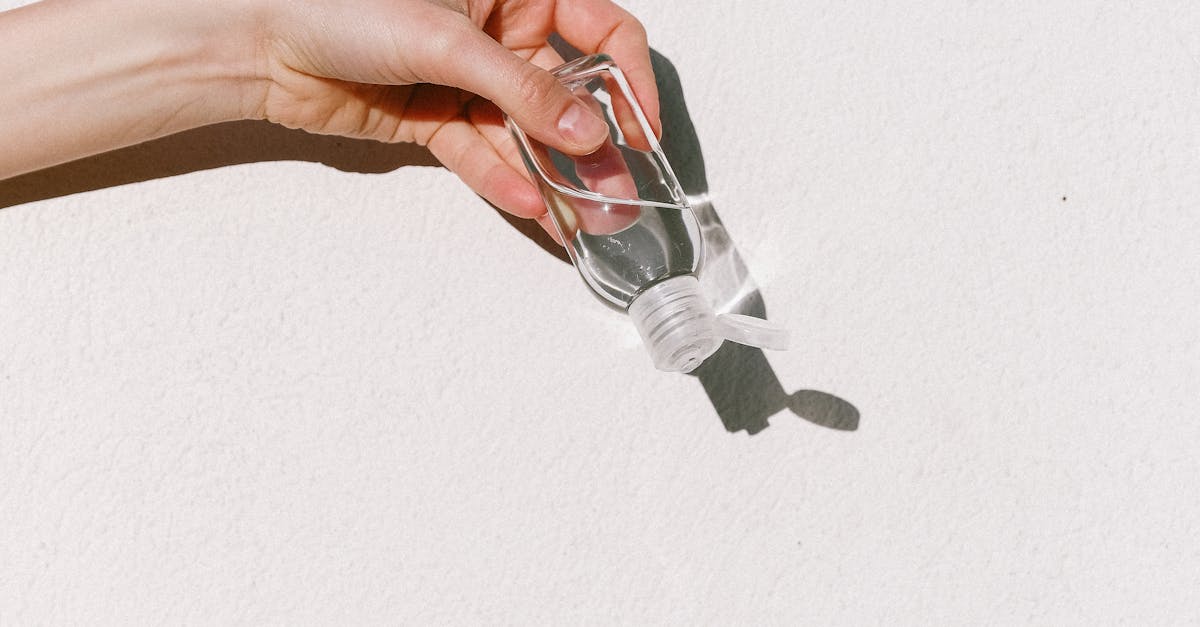
Table Of Contents
Backflow Prevention Methods
Backflow prevention methods are crucial in maintaining the integrity of water supply systems. These methods are designed to ensure that water flows in one direction only, preventing contamination of potable water by backflow. One common method used is the installation of backflow prevention devices. These devices act as barriers, allowing water to flow from the mains into the building but preventing it from flowing back into the public water supply. If you are looking to enhance the safety of your water system, consider searching for "Backflow prevention near me" to find professionals who can provide guidance on suitable prevention methods for your property.
Installation of Backflow Prevention Devices
Installation of backflow prevention devices is a crucial step in safeguarding water quality and ensuring the protection of potable water supply. These devices are designed to prevent contaminated water from flowing back into the clean water supply, thus minimising health risks associated with waterborne diseases. When considering backflow prevention near me, it is essential to engage qualified professionals for the proper selection and installation of the most appropriate devices for the specific needs of the property.
Professional plumbers can determine the most suitable type of backflow prevention device based on factors such as the type of property, water usage, and potential risks of backflow contamination. It is imperative to comply with local regulations and guidelines regarding the installation of backflow prevention devices to ensure the safety and quality of the water supply. By investing in the installation of these devices, property owners can contribute to the overall protection of public health and the environment through the prevention of backflow incidents.
Backflow Prevention Regulations
Backflow prevention regulations are put in place to ensure the safety and quality of the water supply. Local governments across Australia have specific requirements regarding the installation and maintenance of backflow prevention devices. Failure to comply with these regulations can result in fines and penalties. It is essential for property owners to be aware of the regulations in their area to prevent backflow incidents and protect the public water system. Remember, when searching for reliable information about backflow prevention techniques, consider inputting phrases like "Backflow prevention near me" in search engines to find relevant local resources and experts.
Local Government Requirements
In Australia, local government requirements play a crucial role in ensuring backflow prevention near me. Each state and territory has specific regulations in place to safeguard the potable water supply from contamination due to backflow. Local councils usually enforce these regulations to uphold water quality standards and protect public health. It is essential for property owners and businesses to comply with these requirements to prevent potential backflow incidents.
Local government authorities often mandate the installation of backflow prevention devices on properties where there is a high risk of backflow occurrence. Property owners must adhere to the guidelines set by the local council and have the necessary backflow prevention systems in place. Failure to comply with these requirements may lead to penalties or fines, in addition to posing a threat to the water supply. By understanding and following the local government regulations regarding backflow prevention, property owners can contribute to creating a safer environment and ensuring the integrity of the water supply system.
Maintenance of Backflow Prevention Systems
Regular maintenance of backflow prevention systems is crucial to ensure their proper functioning and minimise the risk of water contamination. homeowners and businesses must schedule routine checks and inspections to detect any potential issues promptly. If you are wondering about "Backflow prevention near me," seeking professional assistance is essential to guarantee compliance with local regulations and standards. Regular servicing can help identify leaks, valve malfunctions, or other problems that may compromise the integrity of the backflow prevention system.
Neglecting the maintenance of backflow prevention systems can lead to serious consequences, such as water contamination and health hazards. It is recommended to establish a maintenance schedule with a licensed plumber or backflow prevention specialist to conduct thorough inspections and necessary repairs. Remember, prevention is always better than dealing with the aftermath of a backflow incident. Stay proactive and invest in the maintenance of your backflow prevention system to safeguard the quality of your water supply.
Common Issues and Solutions
Common issues that may arise with backflow prevention systems include improper installation, worn-out components, and lack of regular maintenance. These issues can lead to backflow occurrences, compromising the safety of the water supply. If you're experiencing problems with your backflow prevention system, searching for "Backflow prevention near me" can help you locate certified professionals to diagnose and address the issue promptly.
Solutions to common backflow prevention system issues often involve repairing or replacing faulty components, ensuring proper installation, and conducting regular maintenance checks. By staying proactive and addressing issues as they arise, you can prevent backflow incidents and maintain the integrity of your water supply system. Remember to consult local regulations and seek assistance from qualified experts to ensure that your backflow prevention system functions effectively.
FAQS
What is backflow and why is it a concern?
Backflow is the unwanted reversal of water flow in a plumbing system, which can lead to contamination of potable water. It is a concern because it can pose serious health risks to consumers.
How does backflow occur in plumbing systems?
Backflow can occur when there is a drop in water pressure or when there is a back-siphonage effect, causing water to flow in the opposite direction than intended.
What does prevent backflow mean?
Preventing backflow refers to the implementation of measures and devices to ensure that contaminated water does not flow back into the clean water supply, thereby protecting public health and safety.
What are some common backflow prevention methods?
Common backflow prevention methods include the installation of backflow prevention devices such as check valves, pressure vacuum breakers, and reduced pressure zone devices.
Are there regulations in place to ensure backflow prevention?
Yes, there are regulations at both the local and national levels that mandate the installation and maintenance of backflow prevention devices to protect the public water supply from contamination.


